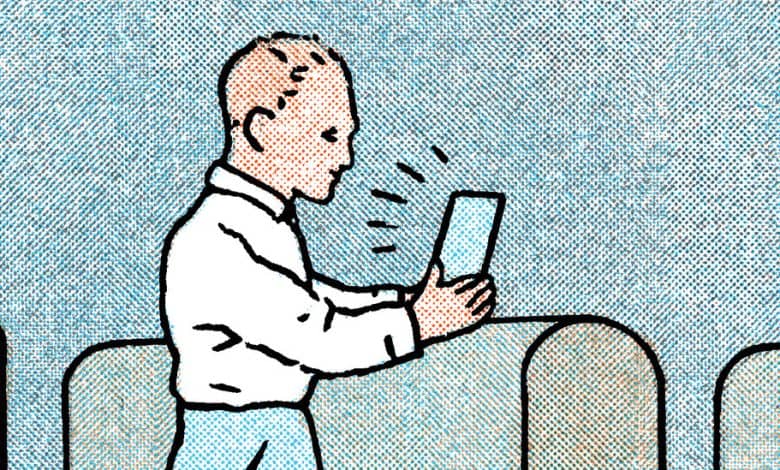What the News and the Pews Have in Common

In the past few weeks, both The Atlantic and The New Yorker used the phrase “extinction-level event” to headline stories about the fate of the media business. Both pieces, one by Paul Farhi and the other by Clare Malone, emphasized the dire implications of watching layoffs and closings sweep over the news industry in what is otherwise a high-employment economy. Both implied that we’re nearing a point where it makes sense to talk about, as Malone wrote, “the end of the mass-media era.”
And what lies beyond that endpoint? Farhi talks hopefully and implausibly about tax incentives for news gathering. Malone focuses on precarity and uncertainty, the industry’s inevitable reliance on “rich idiots” and the hope that idealism and curiosity will keep sending people into journalism. Meanwhile, Politico’s Jack Shafer, likewise playing around with mass-extinction imagery, emphasizes smallness: “Like the animals that persisted after the great comet struck the earth, most publications will be tiny and eke out an existence in the shadows.”
Bleak stuff, this. But I’m not sure pure bleakness quite captures the full transformation. And I think there might be an interesting similarity between the media’s current trajectory and the unfolding fate of American religion. Like the legacy media, institutional Christianity in America is facing serious disruption, with formerly powerful religious bodies losing members and influence at an accelerating pace. And as with journalism’s challenges, the emptying of American churches has prompted a lot of anxiety about the implications of the trend and what to do about it — along with a lot of indifference, shading into schadenfreude, among those who think that either the mainstream press or the country’s major churches deserved a reckoning.
Alongside simple religious decline, however, there’s also religious transformation, as more and more people who do practice a faith are moving out of the traditional denominational structure of American Protestantism — making “nondenominational” Christianity grow rapidly even as the Southern Baptists and the United Methodists follow the Episcopalians and Congregationalists into decline.
And if there’s at least an interesting resemblance (if not a precise parallel) between the fate of the Protestant mainline, long a taken-for-granted pillar of the American social order, and the tribulations within legacy media, there’s also some resemblance between the growth of nondenominational religion and the flourishing of personalized, individually branded, deinstitutionalized media.
Take two representative media success stories of the internet age: Joe Rogan, the populist enthusiast who dominates the podcasting world, and Heather Cox Richardson, the liberal historian who dominates the Substack rankings. They aren’t often considered together because their fan bases couldn’t be more different, but they are both examples of what you might call the “nondenominational” trend in the commentariat: They’re like megachurch pastors who run their own start-up churches without any connection to the traditional world of Presbyterianism or Lutheranism, seminaries and general conventions and the like. And they aren’t doing a small business: Rogan is the bigger figure by far (he recently re-signed with Spotify for a reported quarter-billion dollars), but Richardson’s daily newsletter has well over a million subscribers.
